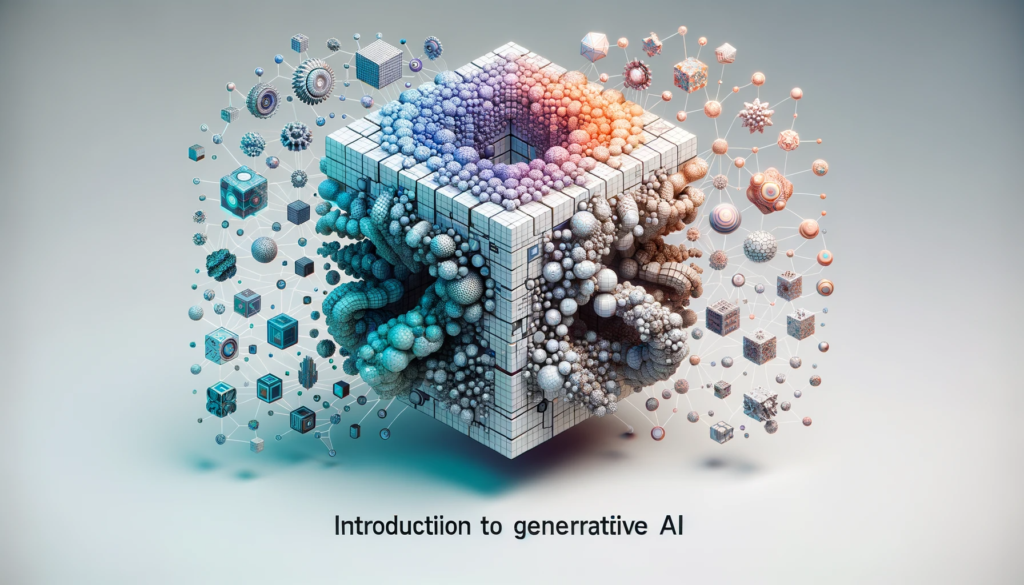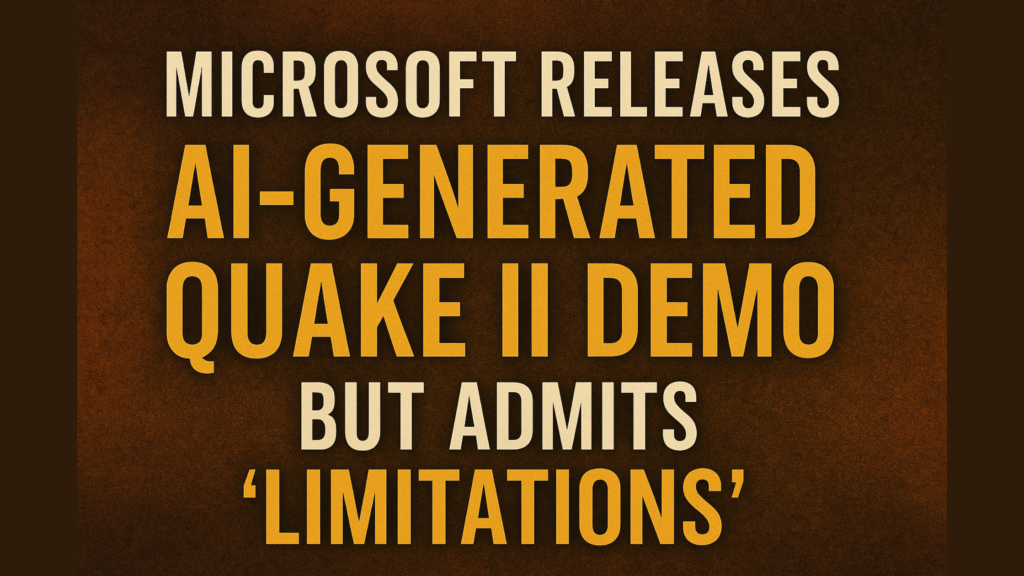Big news in the AI world, Meta has officially released Llama 4, and it’s packed with serious upgrades that put it toe-to-toe with OpenAI’s GPT-4 and Google’s Gemini. Whether you’re a developer, tech enthusiast, or just AI-curious, Llama 4 is a big deal. Here’s the full scoop.
What Is Llama 4?
Llama 4 is Meta’s latest family of open-weight AI models. It’s not just one model, but a trio of powerful models, each built with cutting-edge architecture to tackle text, code, images, audio, and more.
In short: Llama 4 isn’t just smarter it’s more multimodal, more efficient, and more capable than ever before.
Meet the Llama 4 Models
Meta launched two Llama 4 models publicly, with a third powerhouse still in training. Here’s what each one brings to the table:
1. Llama 4 Scout
- Designed for efficiency
- Can run on a single Nvidia H100 GPU
- Features a 10 million-token context window
- Outperforms models like Mistral 3.1 and Gemma 3 in tests
This model is great for developers looking to build lean, fast, and accurate AI tools.
2. Llama 4 Maverick
- High-performance version
- Competes with GPT-4 and Claude 3 Sonnet
- Excels at coding, reasoning, and complex tasks
- Uses fewer active parameters, making it faster and more cost-effective
Perfect for advanced applications where performance and flexibility are key.
3. Llama 4 Behemoth (Coming Soon)
- Still training, but promises to be a game-changer
- 2 trillion total parameters, 288 billion active
- Early benchmarks suggest it beats GPT-4.5 and Claude in STEM reasoning tasks
Meta is teasing more info at LlamaCon, coming April 29.
🔍 Multimodal Capabilities
This is the first time Meta has gone multimodal with Llama. That means these models can handle:
- Text
- Images
- Video
- Audio
Yes, you can now build AI systems with multisensory capabilities, all powered by Llama 4. This brings Meta into the same competitive lane as OpenAI’s GPT-4o and Google’s Gemini 1.5.
How It Works: Mixture of Experts (MoE)
Llama 4 uses a smart architecture called Mixture of Experts. Instead of using the whole model every time, it selectively activates the parts it needs.
Why it matters:
- Saves computing power
- Improves speed
- Makes deployment more affordable
This is especially useful for startups or researchers without access to massive GPU clusters.
Where You’ll See Llama 4 in Action
Meta isn’t just keeping Llama 4 in the lab. It’s already being used inside popular apps like:
- Messenger
- Instagram DMs
- Facebook Feeds
And thanks to Meta’s AI Studio, creators and businesses can build custom AI assistants using Llama 4 — no PhD required.
Licensing & Restrictions
While the models are open-weight, Meta has added a few guardrails:
- No use or distribution in the European Union (likely due to strict privacy laws)
- Companies with over 700M monthly users must get a special license
If you’re an indie dev or a small company, you’re probably in the clear — and can start building right now.
What’s Next: LlamaCon on April 29
Meta is planning to reveal even more at LlamaCon, including:
- New fine-tuning options
- More multimodal capabilities
- Possibly even Llama 4 Behemoth
- Tools for enterprise, creators, and educators
Keep an eye on this space, Llama 4 might just redefine what’s possible with open AI.
Final Thoughts
With Llama 4, Meta isn’t just trying to catch up to OpenAI, they’re coming for the crown. These models are fast, smart, and more open than what most companies are offering today.
If you’re into AI tools, automation, or app development, this is the perfect time to experiment with Llama 4.

